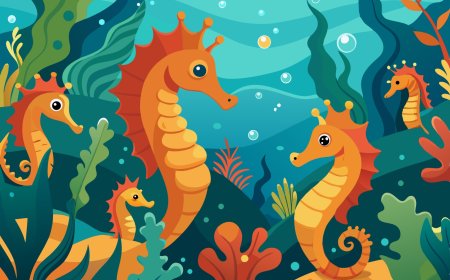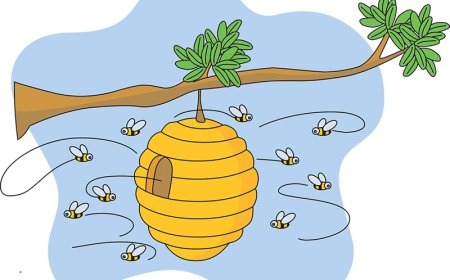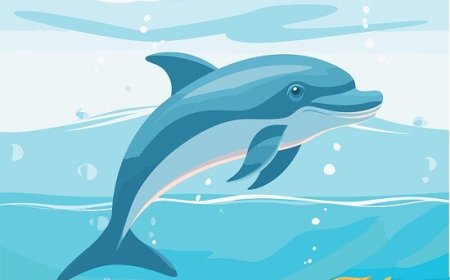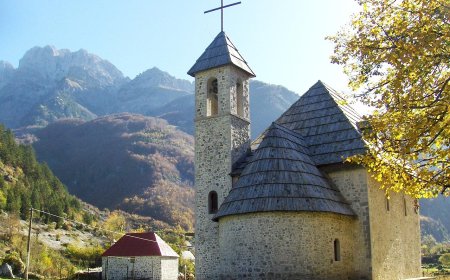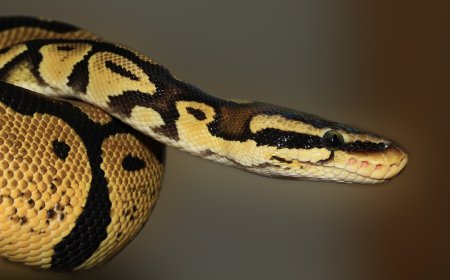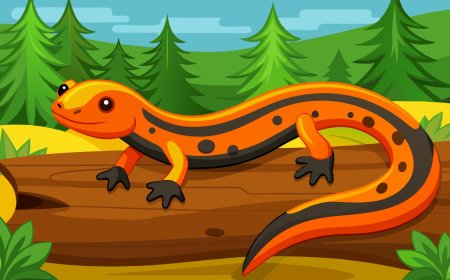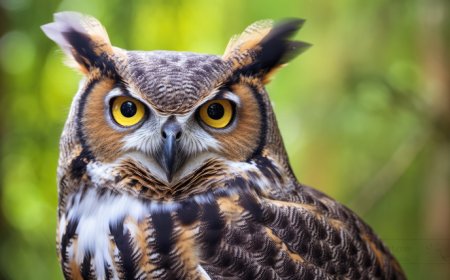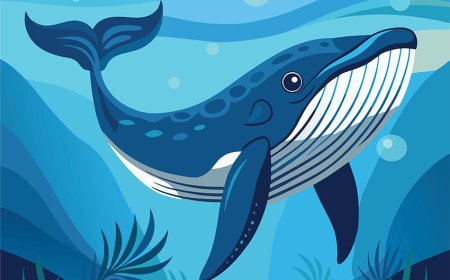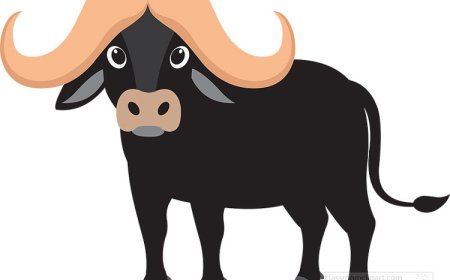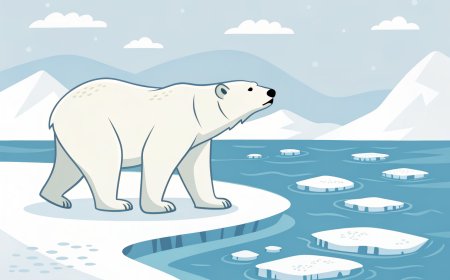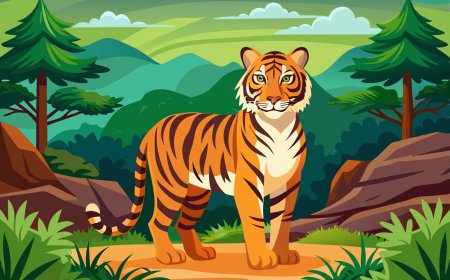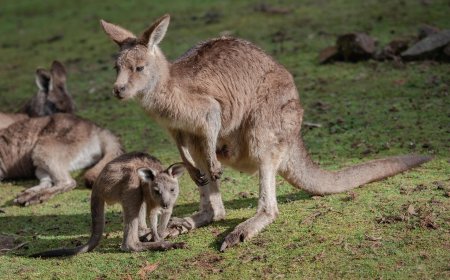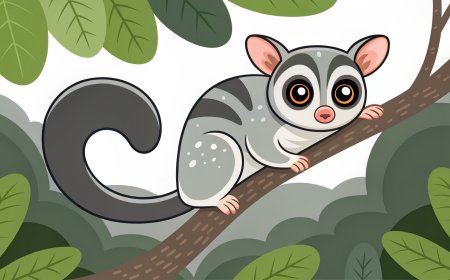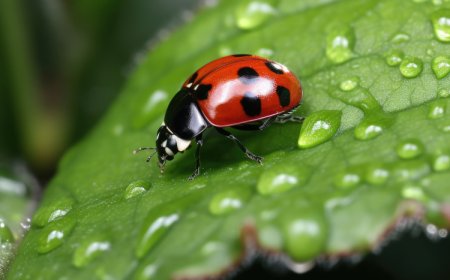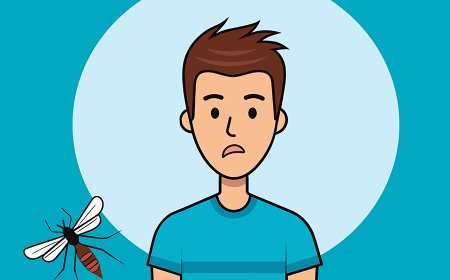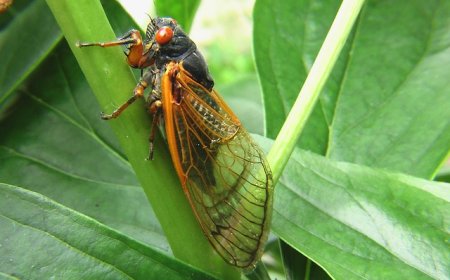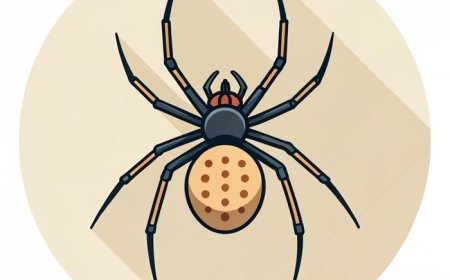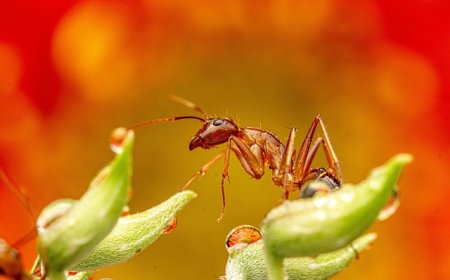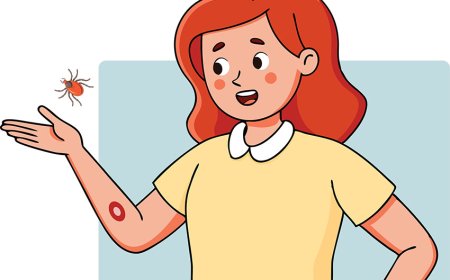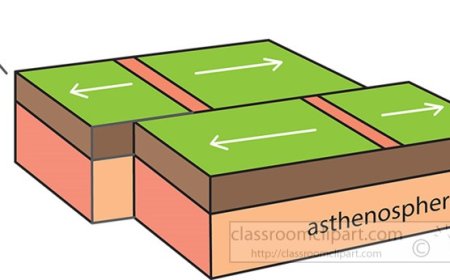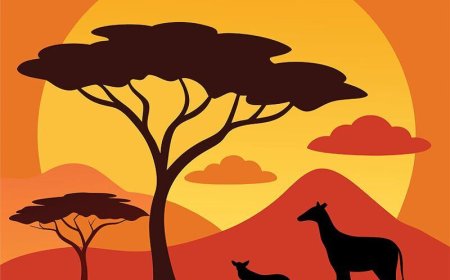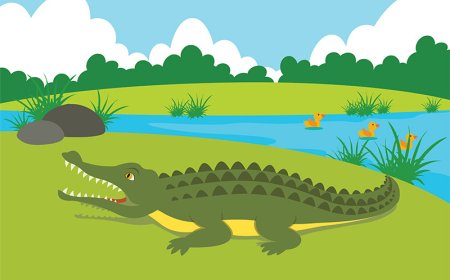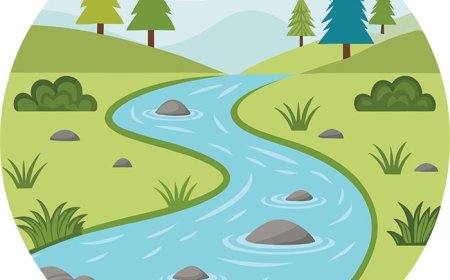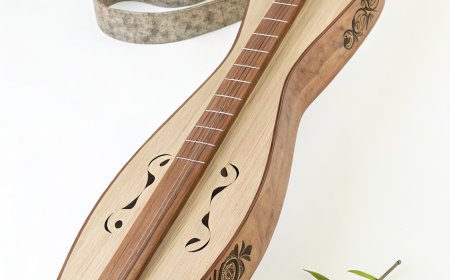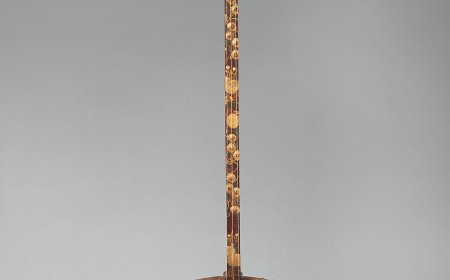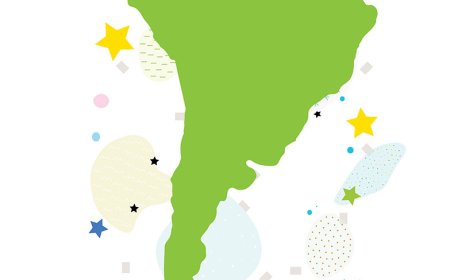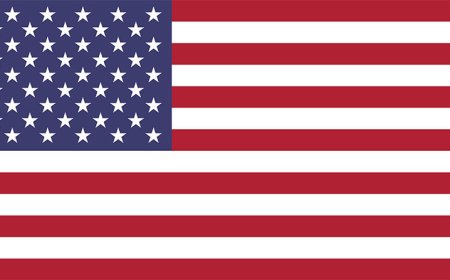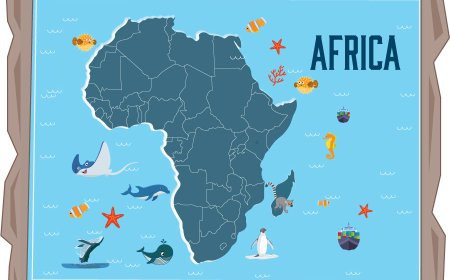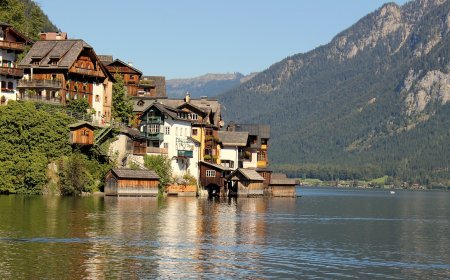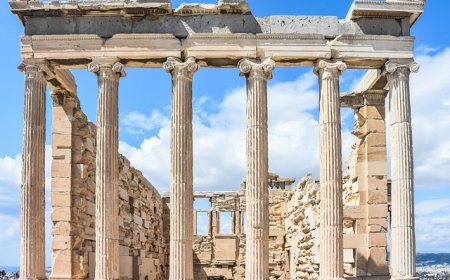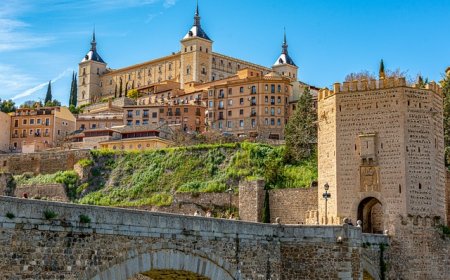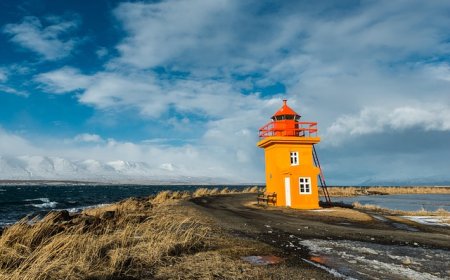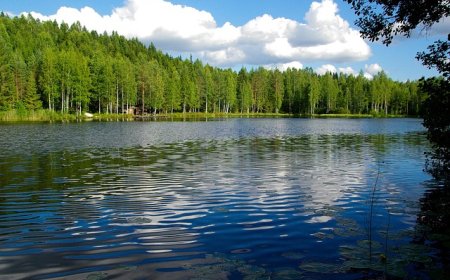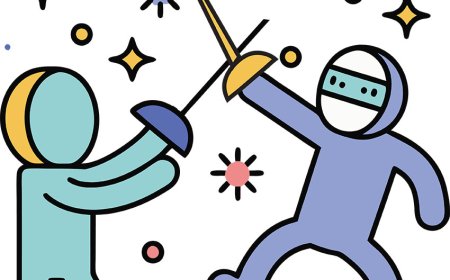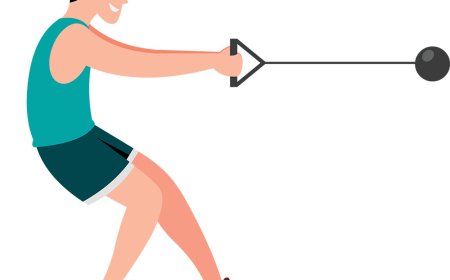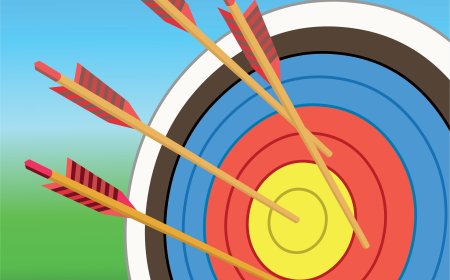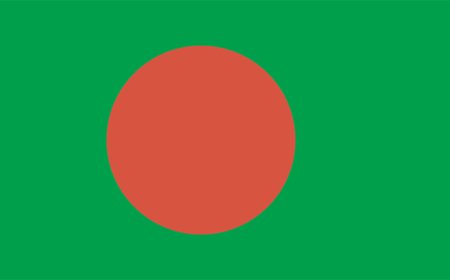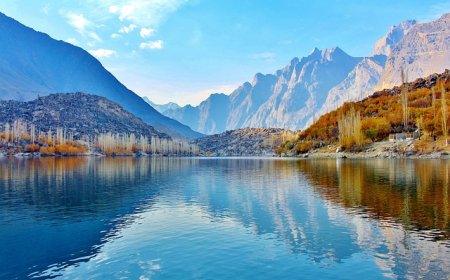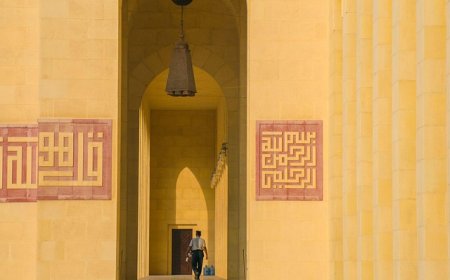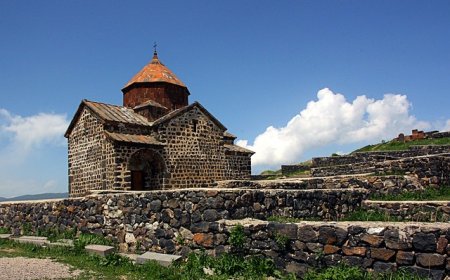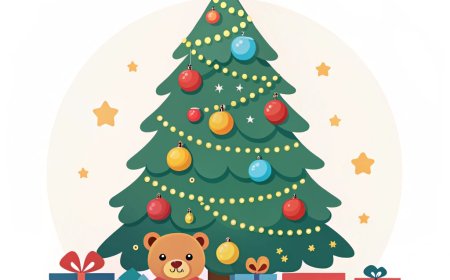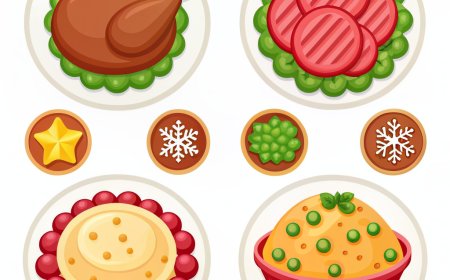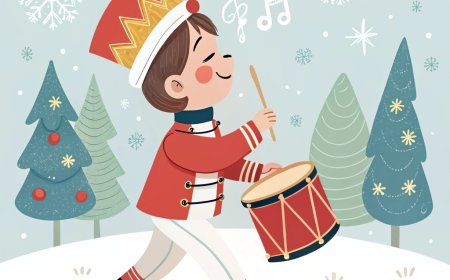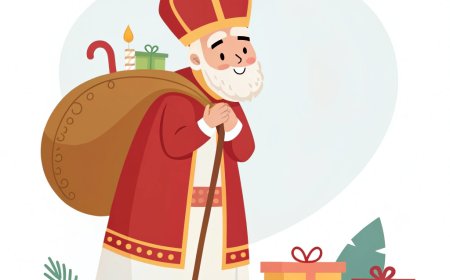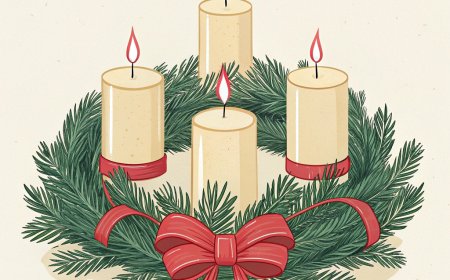Presidents Day History Traditions and Fun Facts for Students
Learn the history traditions and fun facts of Presidents Day in this student guide honoring George Washington Abraham Lincoln and all U.S. presidents
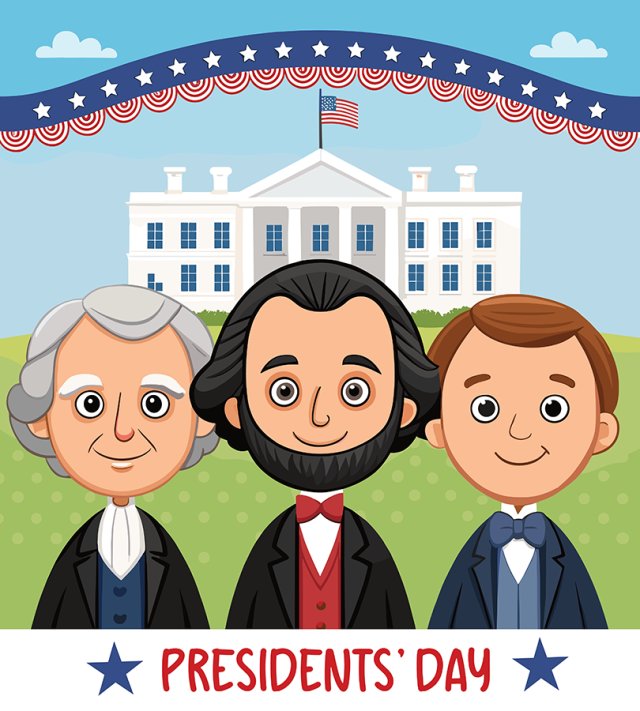
🏛️ Introduction
Every February, Americans celebrate Presidents Day, a holiday honoring the leadership and contributions of U.S. presidents. While it began as a day to celebrate George Washington's birthday, it has grown to include Abraham Lincoln and all who have served as president.
Observed on the third Monday in February, Presidents Day is a time to learn about U.S. history, reflect on leadership, and remember the achievements of past presidents. It's also known for patriotic displays, community events, and even big retail sales.
📜 History and Origins
The holiday began in 1885 to honor George Washington, the nation's first president, whose birthday is February 22. In 1971, the Uniform Monday Holiday Act moved the observance to the third Monday in February, creating a long weekend for workers.
Over time, the meaning of the holiday expanded to include all presidents, especially Abraham Lincoln, whose birthday is February 12. While the official name remains "Washington's Birthday" in federal law, most people call it Presidents Day.
🎉 Traditions and Customs
🎤 Historical Programs
Schools and museums host lessons, plays, and activities about presidential history.
🇺🇸 Patriotic Displays
Communities decorate with American flags, red, white, and blue bunting, and portraits of presidents.
🛍️ Presidents Day Sales
Retailers hold special sales on cars, furniture, and electronics.
📚 Educational Activities
Students often research presidents or give presentations about their lives and accomplishments.
🌟 Symbols and Meanings
-
🇺🇸 American Flag - National pride and unity.
-
🏛️ White House - Symbol of the presidency.
-
📜 Constitution - The nation's guiding document.
-
👤 Portraits of Presidents - Honoring leaders of the past.
🌍 How It's Celebrated Today
In addition to educational programs, some communities hold parades or reenactments of historical speeches. The holiday is also a popular time for visiting historic sites like Mount Vernon (Washington's home) or Springfield, Illinois (Lincoln's home). For many families, it's a day off school or work to relax or learn together.
💡 Fun Facts
-
🎂 George Washington was actually born on February 11, 1731, under the old Julian calendar, but his birthday shifted to February 22 after the switch to the Gregorian calendar.
-
📜 Four U.S. presidents were born in February: George Washington, William Henry Harrison, Abraham Lincoln, and Ronald Reagan.
-
🏛️ The term "Presidents Day" is not the official federal name for the holiday.
-
🎤 Abraham Lincoln was the tallest U.S. president at 6 feet 4 inches.
📚 Vocabulary List
-
Presidency - The office or position of being president.
-
Observance - A way of celebrating or honoring a special day.
-
Federal Holiday - A holiday recognized by the U.S. government.
-
Leadership - The ability to guide and inspire others.
-
Reenactment - Acting out a historical event.
-
Bunting - Decorative fabric used for celebrations.
-
Constitution - The set of laws and principles for governing the U.S.
-
Heritage - Traditions and history passed down over time.
📝 Key Takeaways
-
Presidents Day began as a celebration of George Washington's birthday.
-
It is now observed on the third Monday in February.
-
The holiday honors all U.S. presidents, especially Washington and Lincoln.
-
Traditions include educational activities, patriotic displays, and retail sales.
-
The official federal name is still "Washington's Birthday."
🧠 Interactive Quiz
1. When is Presidents Day observed?
A) February 12
B) February 22
C) Third Monday in February
D) First Monday in February
2. Who was the first U.S. president?
A) Thomas Jefferson
B) Abraham Lincoln
C) George Washington
D) John Adams
3. Which president’s birthday is February 12?
A) Ulysses S. Grant
B) Abraham Lincoln
C) Theodore Roosevelt
D) James Madison
4. What law moved Presidents Day to the third Monday in February?
A) Presidents Act
B) Washington Holiday Act
C) Uniform Monday Holiday Act
D) Federal Holiday Reform
5. Which building is the symbol of the U.S. presidency?
A) Capitol Building
B) White House
C) Supreme Court
D) Mount Vernon
6. How many U.S. presidents were born in February?
A) Two
B) Three
C) Four
D) Five
7. Who was the tallest U.S. president?
A) George Washington
B) Thomas Jefferson
C) Abraham Lincoln
D) Lyndon B. Johnson
8. What is the official federal name for Presidents Day?
A) Presidents Day
B) National Leaders Day
C) Washington’s Birthday
D) Founders Day

